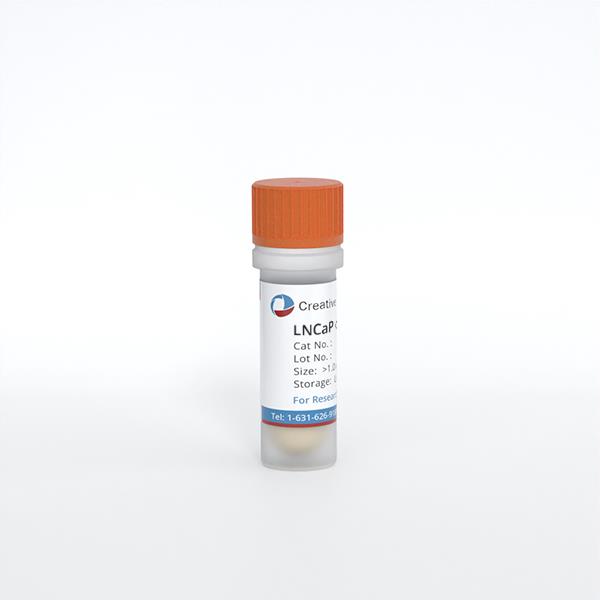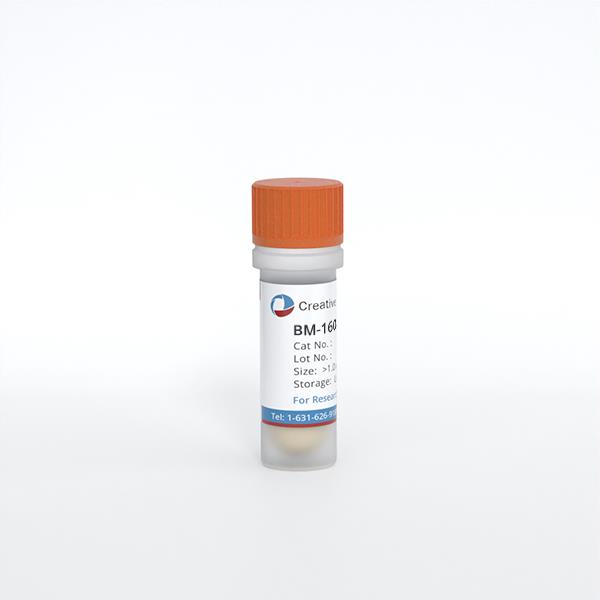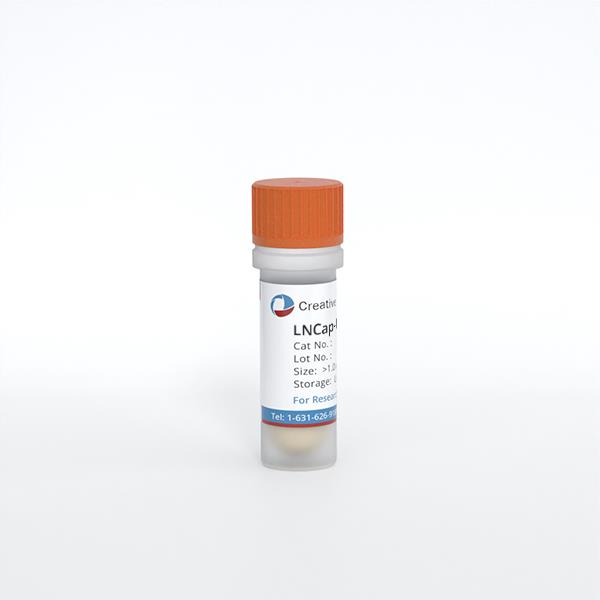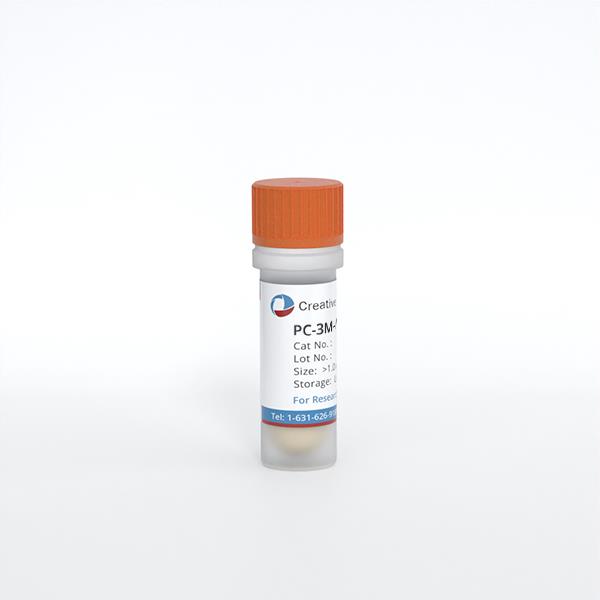Featured Products
Our Promise to You
Guaranteed product quality, expert customer support

ONLINE INQUIRY

LNCaP clone FGC; LNCaP.FGC
Cat.No.: CSC-C9478L
Species: Homo sapiens (human)
Morphology: epithelial
Culture Properties: adherent, single cells and loosely attached clusters
- Specification
- Q & A
- Customer Review
vWA: 16,18
FGA: 19,20
Amelogenin: X,Y
TH01: 9
TPOX: 8,9
CSF1P0: 10,11
D5S818: 11,12
D13S317: 10,12
D7S820: 9,11
TEM can be used to image a wide range of specimens, including cells and tissues. However, samples need to be prepared as thin sections (<100 nm) to allow the transmission of electrons through them.
Ask a Question
Average Rating: 4.0 | 1 Scientist has reviewed this product
Advancing the research process
These tumor cell products have greatly advanced our cancer treatment research.
10 Mar 2023
Ease of use
After sales services
Value for money
Write your own review
- You May Also Need







